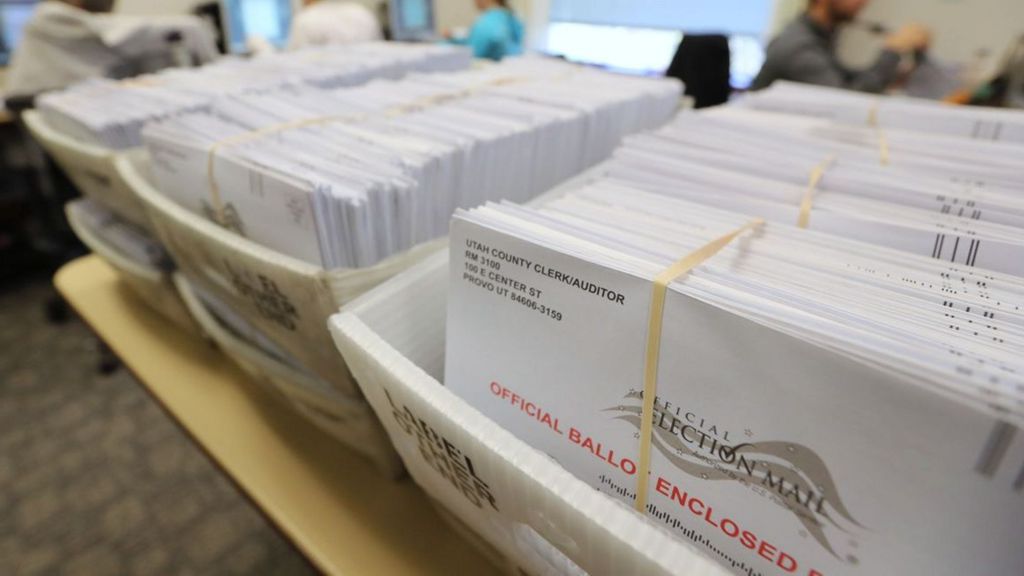A researcher at the Department of Justice on Tuesday released a 25-page report (Below) indicating a high probability of voter fraud in the 2020 presidential election. World-renown economist John Lott Ph.D., examined election results from Pennsylvania and Georgia, as well as potential election fraud in Arizona, Michigan, Nevada, and Wisconsin.
“This paper’s approach allows us to quantify how large a potential problem vote fraud and other abnormalities might be in the 2020 election,” Dr. Lott wrote.
White House advisor Peter Navarro heralded Lott’s study results on Twitter:
Hot off press, new Lott study estimates 11,350 absentee votes lost to Trump in Georgia. Another 289,000 “excess (fraudulent) votes” across GA, AZ, MI, NV, PA, WI.
Hot off press, new Lott study estimates 11,350 absentee votes lost to @potus Trump in Georgia. Another 289,000 “excess (fraudulent) votes” across GA, AZ, MI, NV, PA, WI. As promised this a.m. on Bannon’s War Room. Postpone GA Cesspool election!! https://t.co/geqEhnKqCR
— Peter Navarro (@RealPNavarro) December 29, 2020
This study provides two methods to measure vote fraud in the 2020 presidential election, though they provide inconsistent evidence. To try isolating the impact of a county’s votecounting process and the potential fraud, I first compare voting precincts in a county with alleged fraud to adjacent similar precincts in neighboring counties with no allegations of fraud. In measuring the difference in President Trump’s vote share of the absentee ballots for these adjacent precincts, we account for the difference in his vote share of the in-person voting and the difference in registered voters’ demographics. I compare data for the 2016 and 2020 presidential elections. There is some weak but inconsistent evidence of vote fraud for Georgia and Pennsylvania. In Pennsylvania, the evidence is strongest for the provisional ballots. Voters were allowed to correct defects in absentee ballots using a provisional ballot on Election day – implying an additional 6,700 votes for Biden.
Second, vote fraud can increase voter turnout rate. Increased fraud can take many forms: higher rates of filling out absentee ballots for people who hadn’t voted, dead people voting, ineligible people voting, or even payments to legally registered people for their votes. However, the increase might not be as large as the fraud if votes for opposing candidates are either lost, destroyed, or replaced with ballots filled out for the other candidate. The estimates here indicate that there were 70,000 to 79,000 “excess” votes in Georgia and Pennsylvania. Adding Arizona, Michigan, Nevada, and Wisconsin, the total increases to up to 289,000 excess votes.






